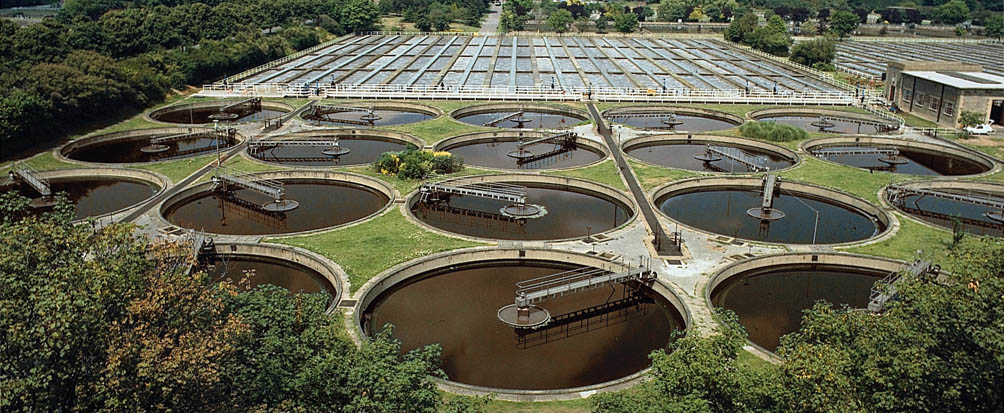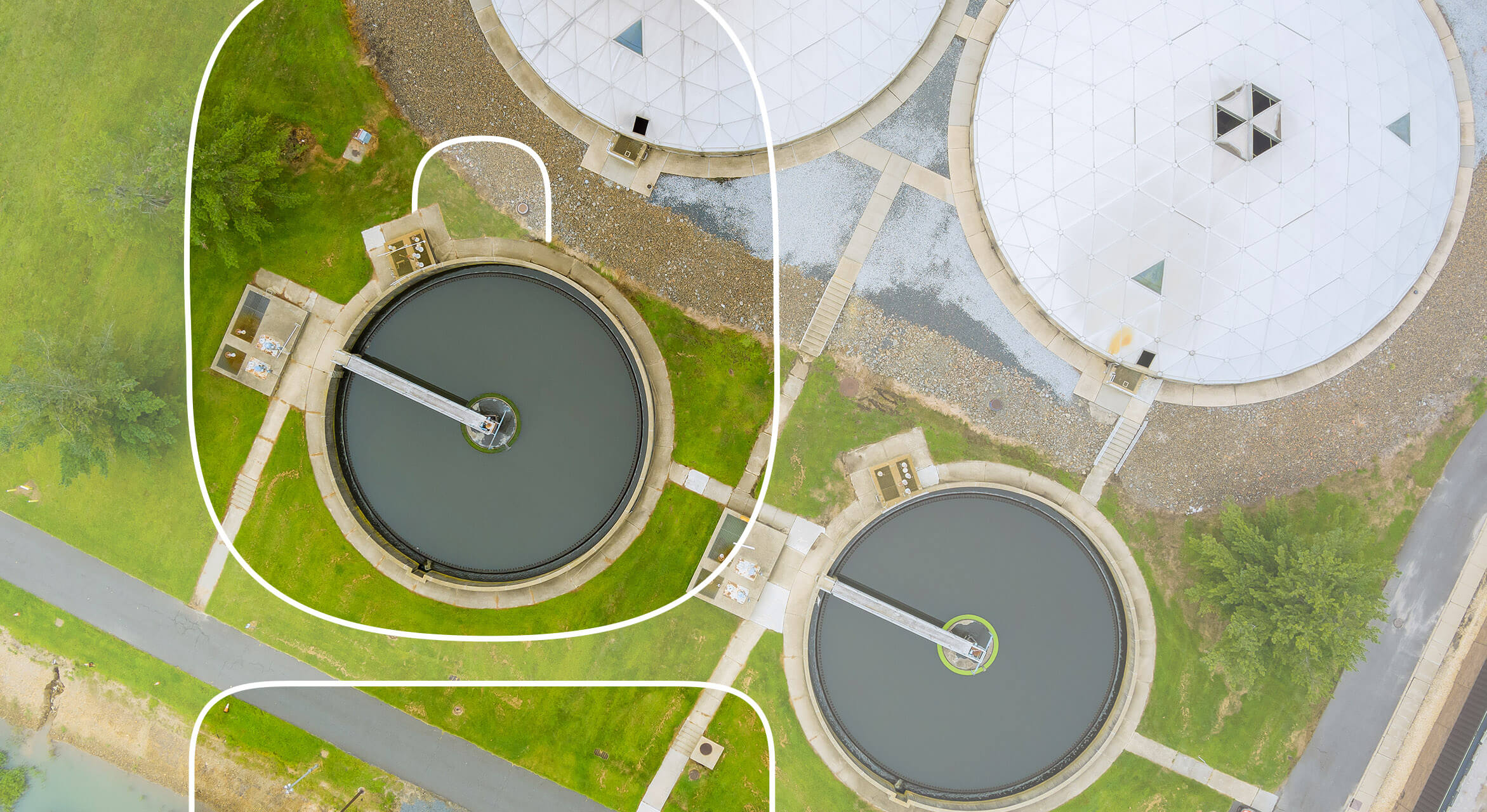Affordable Options for Home and Business Wastewater Needs
Affordable Options for Home and Business Wastewater Needs
Blog Article
Comprehending Wastewater Treatment Processes and Their Environmental Impact
The complexities of wastewater treatment procedures play a critical function in mitigating environmental obstacles associated with water contamination. Each phase, from initial to advanced treatments, is made to deal with details contaminants, eventually securing both public health and aquatic ecological communities.
Summary of Wastewater Treatment
Just how is wastewater transformed into a risk-free source for the environment? Wastewater therapy is an important procedure created to get rid of pollutants from utilized water, consequently guarding public health and wellness and shielding ecological communities. This procedure starts with the collection of wastewater from household, industrial, and business resources, which is then guided to treatment centers.
At these centers, different physical, chemical, and organic techniques are used to deal with the wastewater. Preliminary screening removes huge particles, adhered to by sedimentation to separate larger solids. Ultimately, biological treatments, such as activated sludge processes, make use of microbes to break down raw material. These methods not only reduce toxin levels but likewise help with the healing of valuable nutrients.
The dealt with effluent can be securely discharged into all-natural water bodies or reused for watering and commercial purposes, advertising source preservation. Furthermore, the therapy procedure produces biosolids, which can be repurposed as plant foods or soil amendments, further improving sustainability.
Stages of Treatment Procedures
The wastewater therapy procedure typically is composed of three key phases: preliminary, main, and second treatment. Each stage offers a distinct duty in decreasing the pollutant lots and making certain the effluent meets ecological requirements prior to discharge.

The primary treatment stage concentrates on the physical separation of suspended solids from the wastewater. Through sedimentation, heavier fragments clear up at the end of sedimentation containers, forming sludge, while lighter products, such as oils and greases, float to the surface and are skimmed off. This procedure substantially decreases the natural and inorganic tons in the wastewater.
Secondary treatment is an organic process intended at additional minimizing the concentration of raw material. Various methods, consisting of triggered sludge systems and trickling filters, use microorganisms to metabolize organic contaminants. This phase is vital for achieving the necessary biochemical oxygen demand (BOD) reduction, eventually resulting in cleaner effluent ready for discharge or more therapy. Each stage is crucial in safeguarding ecological and public health.

Advanced Treatment Technologies
Adhering to the additional treatment procedures, advanced treatment modern technologies play a vital duty in further boosting the high quality of treated wastewater. These modern technologies are designed to get rid of residual impurities that are not effectively eliminated throughout primary and secondary treatments, ensuring the effluent fulfills rigid regulatory requirements.
Amongst the commonly utilized innovative treatment techniques are membrane filtering, reverse osmosis, and progressed oxidation processes. Membrane layer filtration, including microfiltration and ultrafiltration, is effective in separating great bits, microorganisms, and colloids from the water (Wastewater). Reverse osmosis uses semi-permeable membranes to remove liquified solids, causing top quality water ideal for different applications
Advanced oxidation processes (AOPs) employ solid oxidants to degrade natural toxins, consisting of pharmaceuticals and individual care items that are immune to traditional therapy. These methods enhance the biodegradability of complex compounds, facilitating their removal.
Another substantial modern technology is using organic nutrient removal processes, which especially target nitrogen and phosphorus, preventing eutrophication in obtaining water bodies. On the whole, innovative treatment innovations are company website vital for attaining greater levels of purification, advertising water reuse, and safeguarding public wellness while attending to the difficulties related to wastewater management.
Ecological Advantages of Treatment
Numerous environmental advantages occur from effective wastewater therapy procedures that contribute to ecosystem wellness and sustainability. Mainly, these procedures dramatically minimize the launch of unsafe toxins right into natural water bodies, which assists keep marine communities. By eliminating impurities such as heavy metals, nutrients, and microorganisms, dealt with wastewater mitigates the risk of waterborne illness and advertises biodiversity in aquatic environments.
Moreover, wastewater therapy facilities often utilize advanced technologies that make it possible for water recycling and reuse. This technique not only conserves freshwater sources however likewise lowers the demand on all-natural water products. Boosted nutrient elimination from wastewater can likewise prevent eutrophication, a process that results in algal flowers and subsequent oxygen exhaustion in marine systems.
In addition, reliable therapy processes can lessen greenhouse gas emissions, especially methane and nitrous oxide, which are frequently launched during without treatment wastewater decomposition. By recording and utilizing biogas from anaerobic digesters, facilities can transform waste right into renewable resource, therefore adding to a decrease in fossil fuel reliance.
Obstacles and Future Trends
While the environmental benefits of wastewater treatment are clear, several difficulties linger that prevent ideal end results in this area. One significant issue is aging framework, which usually results in inefficiencies and enhanced operational expenses - Wastewater. Several therapy plants were created years ago, and their abilities do not align with contemporary demands, which include stricter regulative criteria and greater quantities of wastewater as a result of urbanization

Looking find out this here ahead, there is a growing focus on source recovery and circular economic climate principles within wastewater therapy. Advancements such as anaerobic digestion, which can produce biogas, and progressed filtering modern technologies are getting traction. These approaches not just enhance treatment performance best site but likewise advertise sustainability.
Eventually, addressing these challenges calls for cooperation among stakeholders, investment in technology, and a dedication to continuous study. By accepting these patterns, the wastewater therapy field can evolve to fulfill the needs of a transforming setting and culture.
Final Thought
Finally, wastewater treatment procedures play an important duty in improving ecological high quality and public wellness. The multi-stage treatment framework, combined with innovative technologies, successfully alleviates air pollution and promotes lasting water monitoring. By resolving recurring impurities and minimizing nutrition runoff, these processes add to the conservation of marine environments and the decrease of greenhouse gas emissions. Proceeded innovations and adjustments in therapy methods will be vital for getting over arising difficulties and ensuring the sustainability of natural deposits (Wastewater).
Report this page